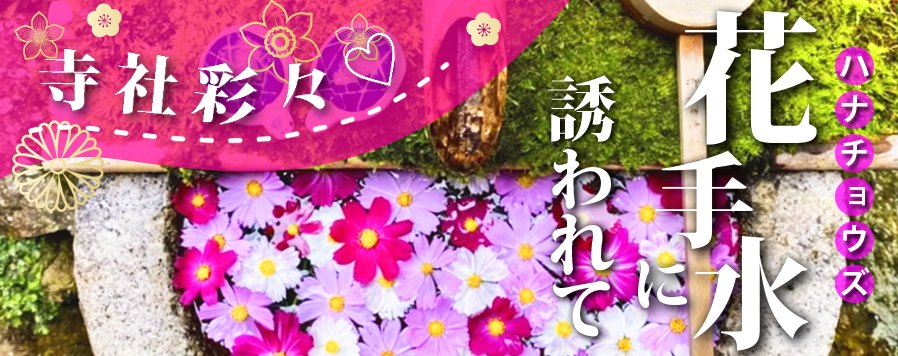■Reading Banpaku-gaku — Rethinking Expositions Through the Lens of Religion and Sacred Spaces

2025年4月13日、大阪・関西万博が開幕した。テーマは「いのち輝く未来社会をデザイン」。
サブテーマには「Saving Lives(いのちを救う)」「Empowering Lives(いのちに力を与える)」「Connecting Lives(いのちをつなぐ)」の3本が掲げられ、“いのち”という言葉がこれまでになく前面に押し出された万博となっている。
On April 13, 2025, Expo 2025 Osaka, Kansai opened its gates to the world. Under the overarching theme “Designing Future Society for Our Lives”, the exposition emphasizes three subthemes: Saving Lives, Empowering Lives, and Connecting Lives. Never before has the idea of “life” been so central to a World Expo.
この機にこそ手に取りたいのが、『万博学――万国博覧会という、世界を把握する方法』だ。万国博覧会という国際的催事を起点に、歴史・文化・外交・デザイン・宗教など、幅広い分野の知見を結集した全32本の論考を収める学際的論集である。
This is the perfect moment to revisit Banpaku-gaku: A Way to Understand the World through World Expositions.
The book is a comprehensive interdisciplinary anthology of 32 essays examining world expos through the lenses of history, culture, diplomacy, design, religion, and more.
1851年のロンドン万博を嚆矢とする博覧会は、「世界を把握する方法」として国家と民衆の想像力を誘引し続けてきた。国家の威信を示す外交舞台であると同時に、時代の価値観と美意識、そして宗教文化の「見せ方」を反映する場でもあった。
Since the inaugural London Exposition of 1851, world fairs have served as “ways to grasp the world,” capturing the imagination of both states and citizens. These events have been diplomatic stages of national prestige, while also reflecting evolving cultural values, aesthetic sensibilities, and the visual presentation of religious traditions.
本書の特徴は、こうした博覧会を「万博学」という方法論で立体的にとらえ直す点にある。日本においては、渋沢栄一や岩倉使節団の参加から、1970年大阪万博における文化展示、さらには2025年開催予定の大阪・関西万博に至るまで、連綿と続く流れの中で、万博という場がいかに「日本文化」や「宗教性」を内外に提示し、また折衝してきたかが描かれる。
What sets this book apart is its proposal of “Banpaku Studies” as a distinct methodology to critically analyze world expos. In the Japanese context, the essays trace how expos—from the participation of figures like Shibusawa Eiichi and the Iwakura Mission to the cultural displays of Expo ’70 in Osaka and the upcoming 2025 Osaka Expo—have been stages for showcasing and negotiating Japan’s cultural identity and religious sensibilities.
特に宗教・寺社に関わる章として注目されるのは、第3部「特集:1970年大阪万博」に収録された次の2本である。
Of particular interest to those studying religion and sacred architecture are two essays featured in Part III, “Special Feature: Expo ’70 in Osaka.”
「1970年日本万国博覧会における仏教的造形物の役割」(君島彩子)
「1970年キリスト教界における戦後主体性論争──大阪万博キリスト教館と万博反対運動」(増田斎)
“The Role of Buddhist Iconography at Expo ’70 in Osaka” by Ayako Kimishima explores how Buddhist statues and temple artifacts—especially those contributed by Yakushiji Temple—were recontextualized as national cultural assets rather than sacred objects.
“Postwar Theological Debates and the Christian Pavilion at Expo ’70” by Itsuki Masuda discusses the tensions within Christian circles regarding participation in a state-sponsored event, and the ideological rifts that surfaced in Japan’s postwar religious discourse.
前者は、大阪万博において展示された仏教関連造形物──奈良・薬師寺が出展した白鳳期仏像など──が、国家的祭典の場でいかにして「日本文化」の象徴として設置されたかを考察。宗教的作品が、いかに非宗教的な「文化遺産」として転用されるかを示しており、寺院の役割や出展決定の政治的過程にも及ぶ。
The former examines how Buddhist artifacts—such as Hakuho-period statues from Yakushiji Temple—were presented at Expo ’70 not as sacred objects but as symbols of national heritage. It explores how religious materials are reframed as secular cultural assets, shedding light on the political process and institutional roles behind such decisions.
後者は、万博の中に設けられたキリスト教館をめぐる神学的・政治的論争に焦点を当てる。戦後日本の宗教界における主体性のあり方、国家イベントと信仰との距離、そして宗教者による「万博反対」の声に至るまで、神道や仏教とはまた異なる角度から、現代宗教と国家の交錯が照射される。
The latter essay focuses on the theological and political controversies surrounding the Christian Pavilion.
It highlights how postwar Christian institutions navigated their subjectivity in relation to state-sponsored events, offering a contrast to Shinto and Buddhist participation and underscoring tensions between faith and nationalism.
また、伊勢神宮と万博との関係については、天皇制や国家神道をめぐる展示空間のあり方として、別章(牧原出「昭和天皇と万国博覧会」)などにも断片的に現れる。
The relationship between Ise Shrine and world expos—particularly in relation to the Emperor system and State Shinto—is also touched upon in another chapter, “Emperor Showa and the World Exposition” by Izuru Makihara.
宗教建築としてのパビリオンや、祈りや精神性といった非物質的文化の扱いは、1970年の「人間尊重」がテーマのもとで重要な争点でもあった。そうした「宗教的なるもの」の見せ方は、2025年の大阪・関西万博においても再び問われている。
The representation of intangible religious culture—such as spirituality, ritual, and sacred architecture—was a key issue in Expo ’70 under its theme “Progress and Harmony for Mankind.” These questions have resurfaced in Expo 2025, especially under its life-centered theme.
本書の読後、博覧会という巨大な展示空間の中に、どのようなかたちで寺社の表象が入り込んできたのか、あるいは意図的に排除されてきたのかを思索する機会となるだろう。
After reading this volume, one is prompted to reflect on how temples, shrines, and religious elements have been incorporated—or excluded—from the grand exhibition spaces of world expos.
いま開幕したばかりの大阪・関西万博――今回の会場には、宗教や寺社文化はいかに表れているだろうか。その問いを胸に、会場を歩いてみたい。
As Expo 2025 Osaka, Kansai begins, one cannot help but wonder: how are religion and sacred heritage represented—or not—at this year’s pavilions? It’s a question worth carrying as we explore the site.

書名:万博学──万国博覧会という、世界を把握する方法
著者:佐野真由子 編
出版社:思文閣出版
価格:9,350 円(税込)
発売日:2020年8月3日
【寺社Now編集部】










